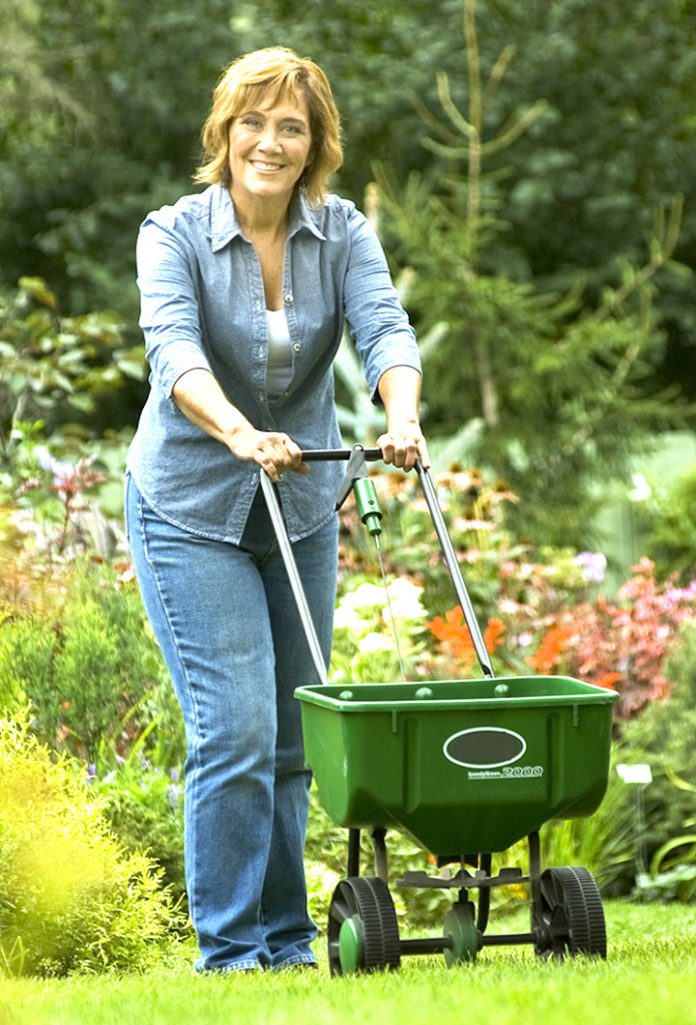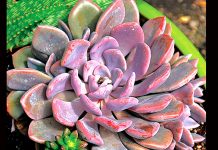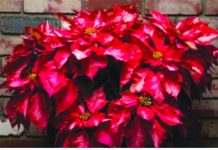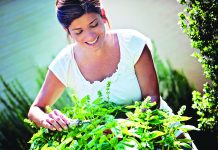Don’t let a busy schedule stop you from creating a beautiful landscape. Incorporate a few of these changes into your fall landscape care. You’ll create beautiful results with a limited investment of time and effort.
- Cut the grass, recycle fall leaves, and improve the soil with a pass of the lawn mower. Shred leaves and leave them on the lawn as you mow this fall. As the leaves break down, they add organic matter to the soil, improving drainage in clay soil and water-holding ability in sandy soils.Or, as an alternative, use excess leaves as a soil mulch. Shred the leaves with your mower and spread a layer over the soil to conserve moisture and insulate the roots of perennials.
- Improve your lawn’s health by fertilizing this fall with a low nitrogen slow release fertilizer, like Milorganite. You’ll reduce the risk of disease problems and with slower weed growth in fall, your lawn, not the weeds, will benefit from the nutrients.
- Northern gardeners should fertilize again around Halloween.
- Do a bit of planting. Fall is a good time to plant perennials, trees and shrubs. The soil is warm and the air cooler, so the plants are less stressed and establish more quickly. Select plants suited to the growing conditions and be sure to give them plenty of room to reach their mature size.
Plant daffodils, tulips, hyacinths and other bulbs in fall for extra color next spring. Set the bulbs at a depth of two to three times their height deep. Then cover them with soil and sprinkle on a low nitrogen slow release fertilizer. This type of fertilizer promotes rooting without stimulating fall growth subject to winter kill.
Base your bulb planting time on the weather not the calendar. Start planting after the night-time temperatures hover between 40 and 50 degrees. Be patient, waiting until the soil cools reduces the risk of early sprouting that often occurs during a warm fall.
- Leave healthy perennials stand for winter. Not only do they provide homes for many of our native pollinators, but they increase hardiness and add beauty to the winter landscape with their seed heads, dried foliage and the birds they attract. However, be sure to remove any diseased or insect-infested plants to reduce the source of pest problems in next year’s garden.
- Start composting or add shredded leaves and other plant debris to an existing compost pile. Combine fall leaves with other plant waste, a bit of soil or compost, and sprinkle with fertilizer to create compost.
- Incorporating one or all these practices will increase the health and beauty of your landscape now and for years to come.
Melinda Myers has written more than 20 gardening books, including Small Space Gardening. Her web site is www.MelindaMyers.com.














